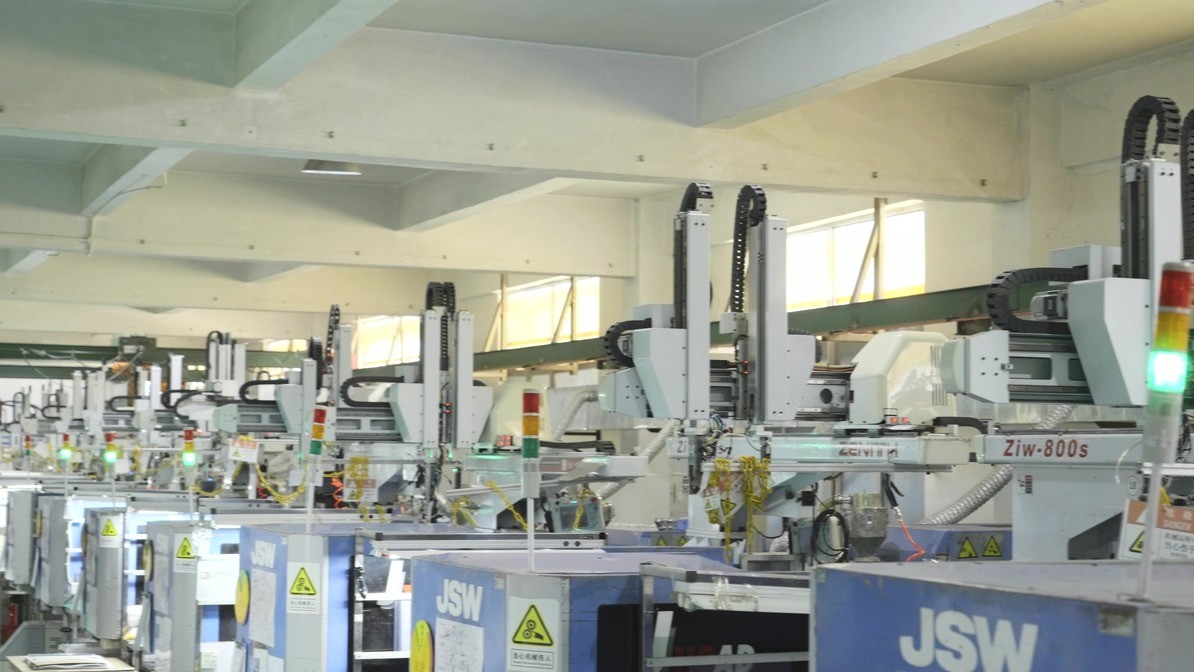Over molding threaded inserts isn’t just “inject plastic around metal” – it’s a science。
Discover 7 critical screw types for injection molding, their working principles, and material-specific selection guidelines to reduce defects by up to 40%.
Why Screw Design Dictates Molding Success
“Over 35% of melt-related defects originate from improper screw selection”
The injection screw performs three mission-critical functions:
- Plasticizing – Converts pellets to homogeneous melt
- Metering – Precisely controls shot volume (±0.5% variance)
- Injecting – Delivers melt at 300-1,500 bar pressure


7 Industrial-Standard Screw Types Compared
1. General-Purpose Screw
- Geometry: L/D ratio 20:1, compression ratio 2.5:1
- Best for: PP, ABS, HDPE (>75% of commodity applications)
- Limitations: Unsuitable for filled materials (glass/carbon fiber)

2. Barrier Screw (Maddock-Type)
- Innovation: Secondary barrier flight separates un-melted pellets
- Applications: Medical devices, optical lenses

3. Mixing Screw
• Must Use When: ◦ Coloring masterbatches (ΔE <0.5 required) ◦ Blending regrind (>25% content) • Elements: Dulmage pins, spiral disruptors
4. Ball Check Valve Screw
- Mechanism: Tungsten carbide valve seals during injection
- Critical for:
- ROI: Eliminates 90% of drooling defects
5. High-Speed Screw
- Design Traits:
- Output: 25% faster plasticizing rate for PET preforms
6. Low Compression Screw
- Specialization:
- Saves: TPU/TPE scrap rates by up to 18%
7. Venting Screw
- Devolatilization: Removes 5-8% volatiles (moisture, VOCs)


Selection Matrix: Matching Screws to Materials
Material Family Recommended Screw Type Critical Parameter
Engineering Plastics Barrier + Mixing Melt temp control Filled Compounds Hard-coated Mixing Wear resistance Medical-Grade Polished Barrier Cleanliness Class Recycled Content Venting Moisture removal

Our engineering team assists customers in customizing screw inserts to perfectly match their product’s structure and meet the required pull-out test standards.
Take an example of our made plastic display cover with SS screw inserts, This product is primarily intended for marine use and will often be installed outdoors, exposed to marine environments with harsh conditions. It must withstand saltwater, be waterproof, and be resistant to high and low temperatures, UV resistance, etc. The product must be smooth, flat, and free of defects to prevent water ingress. The storage temperature range is -40°C to +85°C, while the operating temperature range is -30°C to +70°C.




